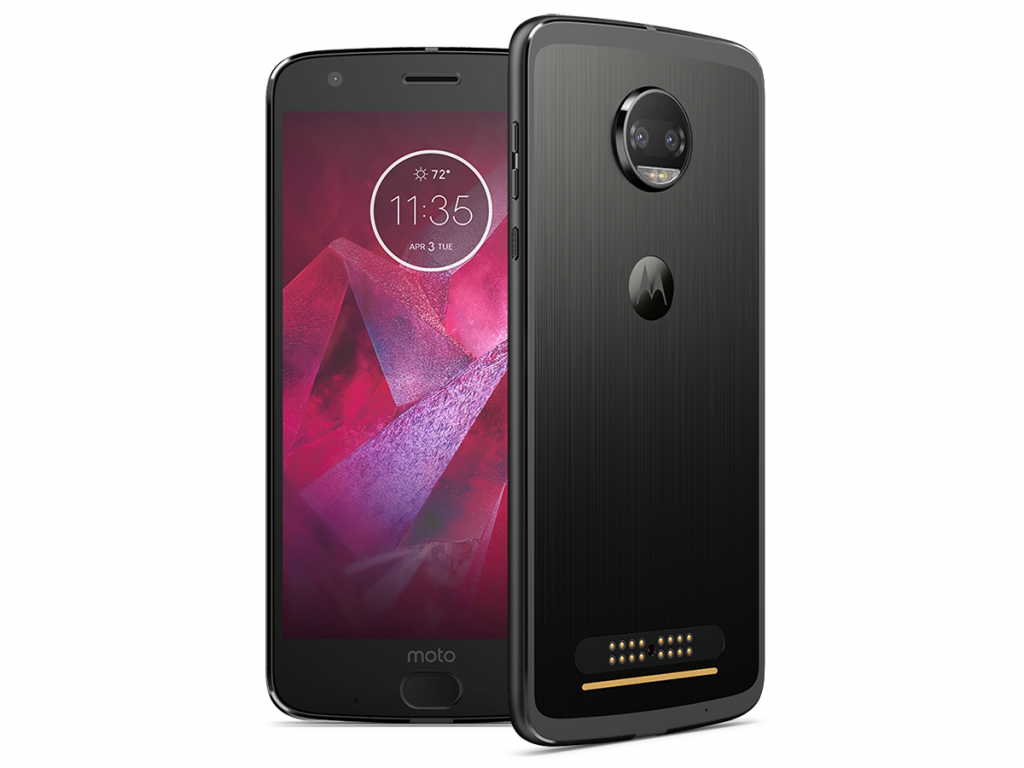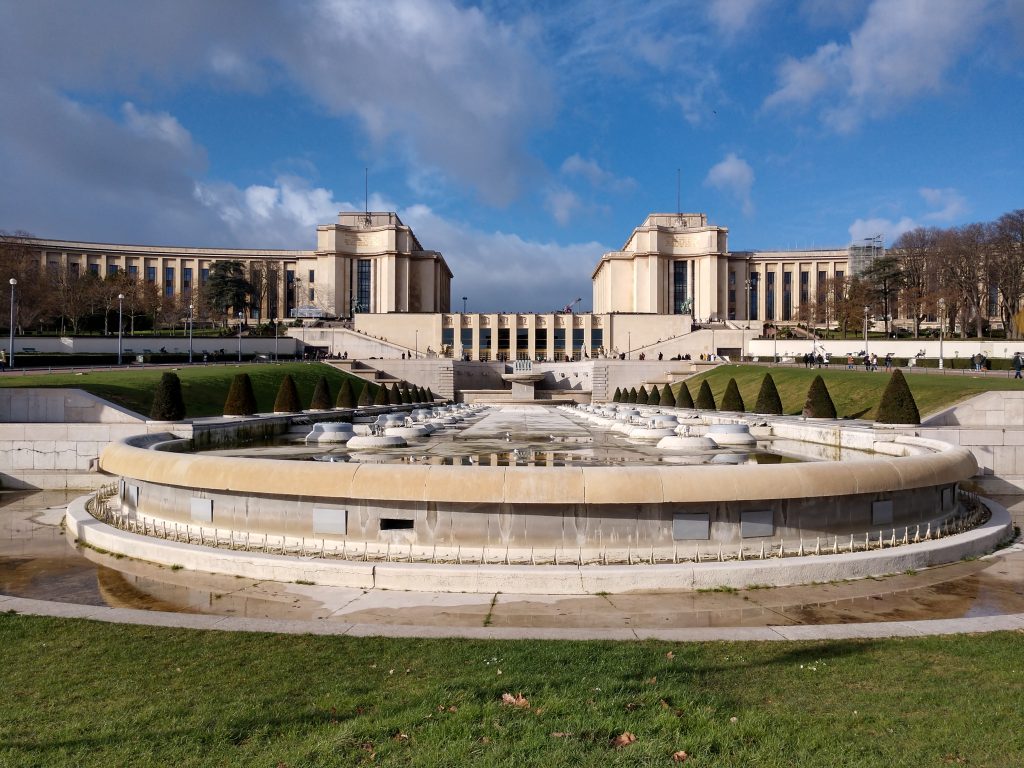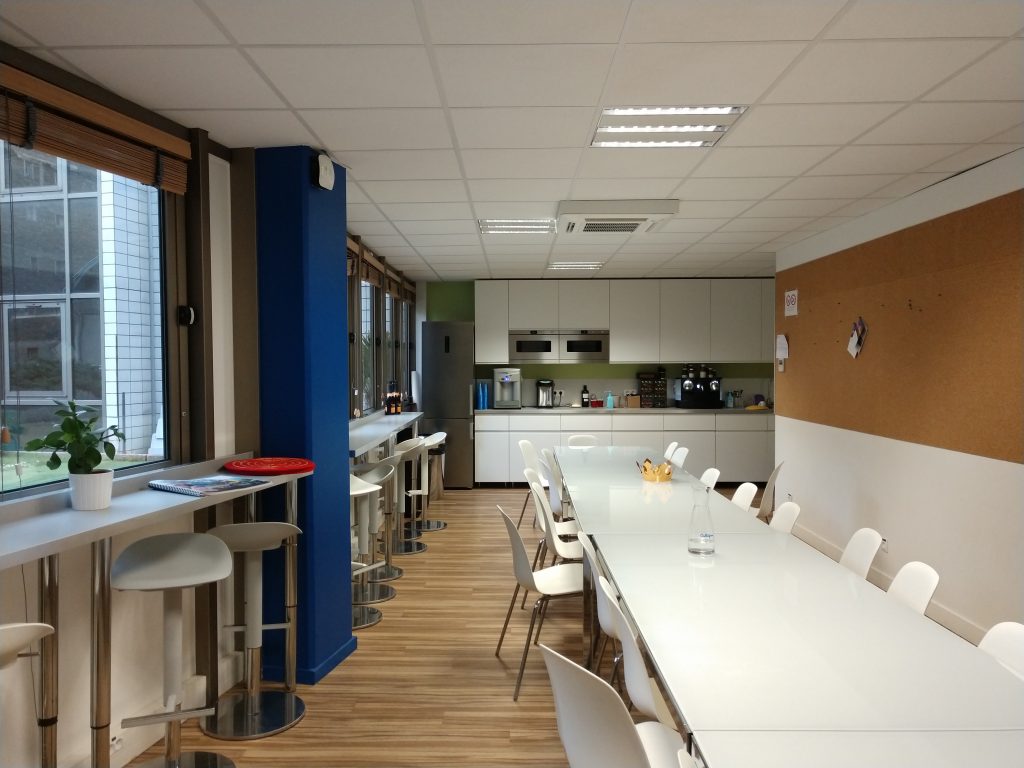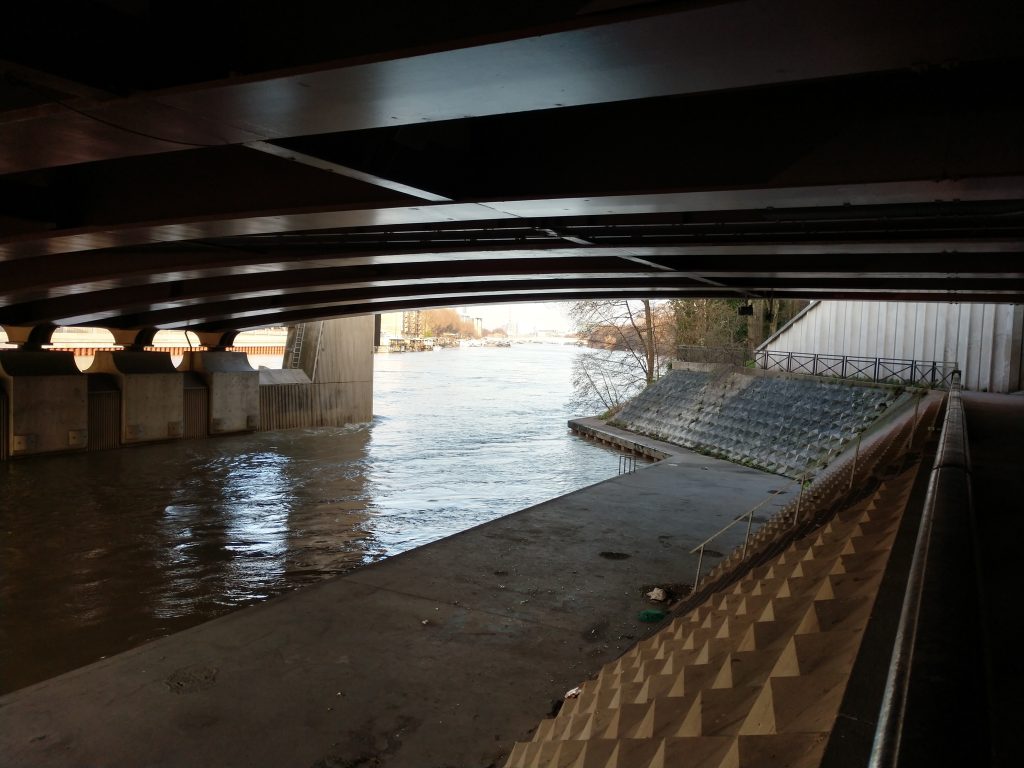Announced in July 2017, the Motorola Moto Z2 Force is the top-of-the-line smartphone in Motorola’s portfolio, featuring Qualcomm’s high-end Snapdragon 835 chipset and a shatterproof 5.5-inch P-OLED QHD display, all nicely wrapped up in a sleek aluminum unibody. For the camera, Motorola has decided to go with a dual-camera setup that combines two 12 Mp sensors — one RGB and one monochrome — with f/2.0-aperture lenses, phase detection and laser autofocus, and dual-tone LED flash. Read our full report to find out how the camera performed in our testing and how it compares to the competition.
Key specifications:
- Dual-camera
- Two 12 Mp 1/2.9″ sensors with 1.25µm pixels
- F/2.0-aperture lenses
- AF with on-sensor phase detection and laser assistance
- Dual-tone LED flash
- 4K video at 30 fps
- 5 Mp front camera with f/2.2 aperture and dual-tone flash
Test summary
The Motorola Moto Z2 Force’s dual-camera is capable of recording images with generally good exposure, and strikes a good balance between detail retention and noise reduction, thereby earning itself a Photo score of 84 points. Fine textures are nicely rendered in most conditions and noise is generally well under control, with only some luminance noise visible in blue skies and under indoor and low-light shooting conditions. In lower light, chromatic noise becomes more noticeable, however, and dynamic range is a little more limited than for some competitors, resulting in some highlight and shadow clipping in high-contrast scenes.
Color rendering is good in most indoor scenes, but outdoors, some color casts can become more intrusive, with blue and red hues. On the plus side, our low-light studio shots showed only some very slight color shading. In any real-life samples, the latter is virtually unnoticeable.
We also deducted some points in the artifacts category, due to a ghosting effect that is sometimes visible on moving subjects, presumably caused by a multi-frame-stacking mode that activates under certain situations. There is also a noticeable decrease in sharpness towards the edges of the frame, and some ringing around hard edges in the frame. When capturing images with the sun low in the sky, the Moto Z2 images show a strong hue-shift close to saturation.
The Moto’s autofocus system works reliably and repeatably in all light conditions. It does slow down noticeably in dim conditions, however. We measured focus times of up to 1.3s in low light.
Flash performance is another strong point. Exposure is good in flash-only shots and in mixed light alike, and there is hardly any vignetting. Some faint luminance noise is visible, though, and detail and fine textures suffer considerably.
Despite featuring a dual-camera setup, the Moto Z2 Force doesn’t come with any zoom-enhancing technologies, such as a secondary camera with a longer focal length, or a high-resolution sensor. As a consequence, the Moto Z2 Force’s zoom performance lags behind that of some of its direct rivals, such as the Apple iPhone X or the Samsung Galaxy Note 8. Resolution and levels of detail are low in all shooting conditions, and the camera also struggles a little with exposure and artifacts when using the digital zoom. The camera has a tendency to underexpose, and maze and moiré artifacts are visible at all zoom ranges.
By contrast, the Moto’s bokeh feature is capable of generating good results. Images captured in depth mode show good depth estimation. However, some blur artifacts are usually visible around the portrait subject, and the level of detail is lower than for some competitors.
At 78 points, the Moto Z2 force scores a little lower for its video mode than for still images. This said, video footage shows good target exposure, color rendering, and white balance in most situations. Detail is good in bright light, and the stabilization system generally works efficiently. However, detail suffers noticeably and chroma noise becomes quite noticeable in lower light. In bright light, the autofocus can be very slow to react to changes in the scene or trigger tracking. Surprisingly, the AF performs better in indoor conditions and lower light. We also observed ghosting and blocking artifacts in some video samples.
Conclusion
With an overall DxOMark score of 82 points, the Motorola Moto Z2 Force cannot quite keep up with the best-in-class from Apple, Samsung, Google, and Huawei, but it is capable of producing decent results with good detail and exposure in most situations, and also offers a usable bokeh mode. The camera doesn’t really have any glaring weaknesses, but dynamic range is a little more limited than we would like, and color casts are often noticeable. Zoom performance is arguably the Moto’s most obvious downside in still image mode, but as part of Motorola’s modular Z-range of smartphones, the Z2 Force allows you to attach a range of so-called “Moto Mods.” Among these mods is the Hasselblad TrueZoom module, which offers a 10x optical zoom, converting the Moto Z2 Force into a mobile imaging device for all occasions.


Pros
- Very good flash exposure in all situations
- Good texture and detail in all conditions
- Accurate autofocus in most situations
- Good target exposure in evenly-lit scenes
Pros
- Efficient stabilization
- Good target exposure in most conditions
- Fairly accurate color rendering and white balance in most conditions
- Fairly good detail in bright light
Cons
- Poor detail, inaccurate exposure, and focus failures when shooting with zoom
- Pink white balance cast in outdoor scenes
- Limited dynamic range in high-contrast scenes
- Very noticeable noise in the sky
- Ringing and loss of acutance in the field are visible in most tested conditions
Cons
- Autofocus does not always react to scene changes nor track in bright light
- Strong ghosting in indoor and low-light conditions
- Low levels of detail and visible chromatic noise in low light
- Strong blocking artifacts in outdoor and indoor light conditions









DXOMARK encourages its readers to share comments on the articles. To read or post comments, Disqus cookies are required. Change your Cookies Preferences and read more about our Comment Policy.